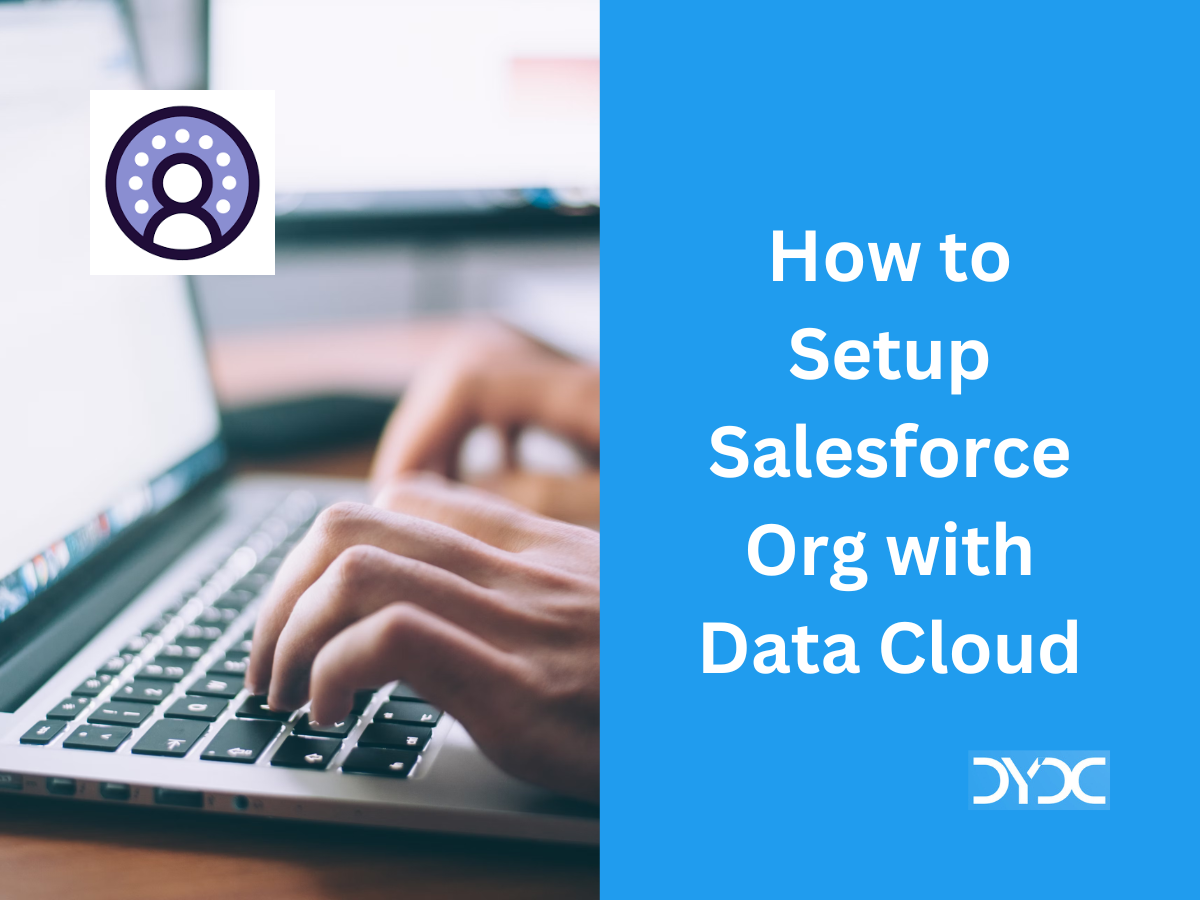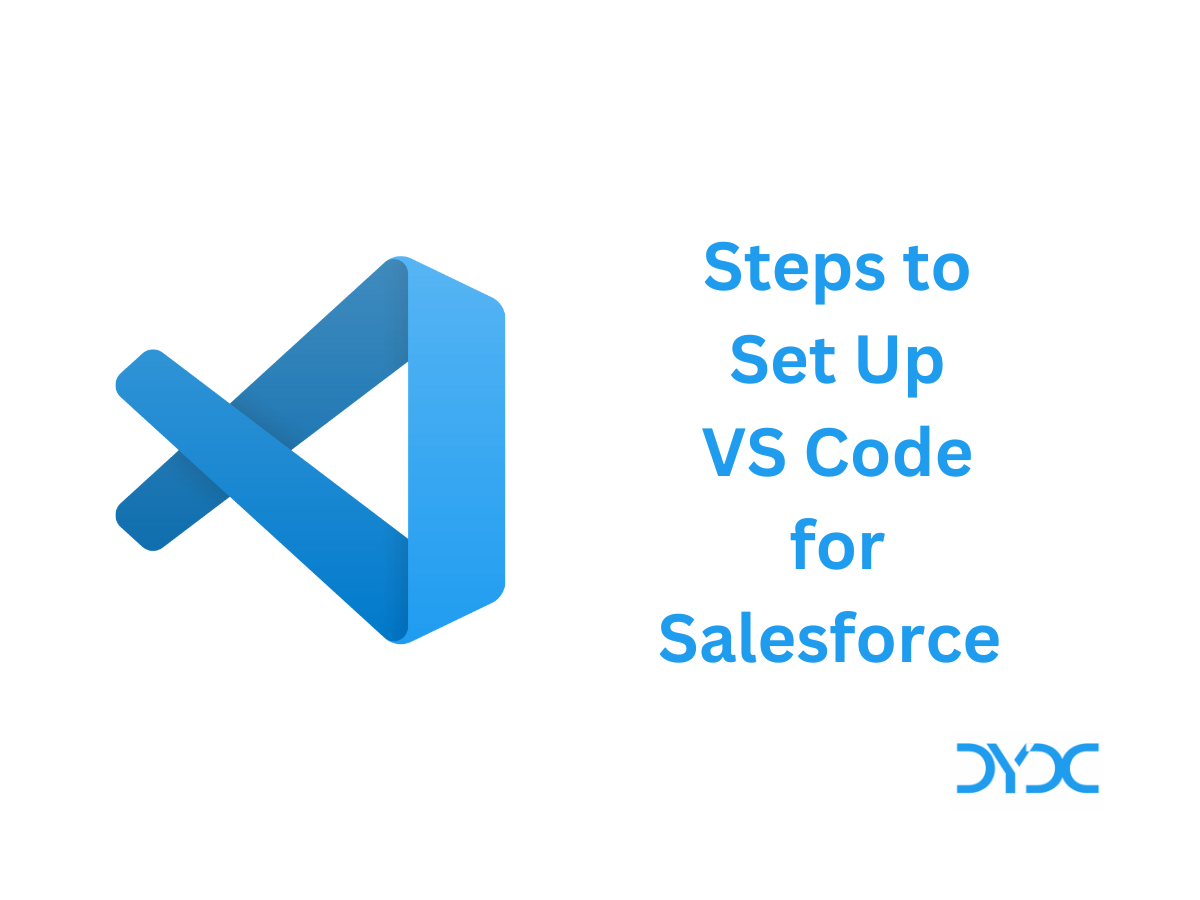User Management in Salesforce Explained.
1. What is a User in Salesforce?
A user is anyone who logs in to the Salesforce. Every user in Salesforce has a user account. The user account identifies the user, and the user account settings determine what features and records the user can access. Each user account contains at least the following:
- Username – The username must be formatted like an email address and must be unique across all Salesforce organizations.
- Email Address – One email address can be associate with more than one Usernames
- User’s First and Last Name
- License – A user license determines which features the user can access in Salesforce.
- Profile – Profiles determine what users can do in Salesforce.
- Role (optional) – Roles determine what users can see in Salesforce based on where they are located in the role hierarchy.
- Alias – An alias is a short name to identify the user on list pages, reports, or other places where their entire name doesn’t fit.
You can view and manage all users in your org, partner portal, and Salesforce Customer Portal from Setup -> Users. From Setup, enter Users in the Quick Find box, then select Users. From the user list, you can:
- Create one user or multiple users.
- Reset passwords for selected users.
- Edit a user.
- View a user’s detail page by clicking the name, alias, or username.
- View or edit a profile by clicking the profile name.
2. Add a Single User


- From Setup, in the Quick Find box, enter Users , and then select Users.
- Click New User.
- Enter the user’s name and email address and a unique username in the form of a email address.
- By default, the username is the same as the email address.
- Username must be unique across all Salesforce orgs, including trial and Sandbox orgs.
- The username must be in the format of an email address, for example, yourname@forcepective.com.
- Select a Role.
- Select a User License. The user license determines which profiles are available for the user.
- Select a profile, which specifies the user’s minimum permissions and access settings.
- Check Generate new password and notify user immediately to have the user’s login name and a temporary password emailed to the new user.
- Click on Save.
3. Add Multiple Users

- From Setup, enter Users in the Quick Find box, then select Users.
- Click Add Multiple Users.
- If multiple user license types are available in your organization, select the user license to associate with the users you plan to create. The user license determines the available profiles.
- Specify the information for each user.
- To email a login name and temporary password to each new user, select Generate passwords and notify user via email.
- Click Save.
- To specify more details for the users that you’ve created with this method, edit individual users as needed.
4. Unlock Users
Users can be locked out of their org when they enter incorrect login credentials too many times. Unlock users to restore their access.
- From Setup, enter Users in the Quick Find box, then select Users.
- Select the locked user.You can view the number of failed login attempts for the user’s account in the Failed Login Attempts field. When the maximum number of failed login attempts is reached, the counter resets and the user’s account is locked. If there’s a successful login before the maximum number of failed login attempts is reached, the counter resets and the user’s account remains unlocked.
- Click Unlock.This button appears only when a user is locked out.
5. Deactivate Users
Salesforce does not allows to delete a user, you can deactivate a user’s account so they can’t log in to Salesforce. Deactivating a user prevents access but preserves all historical activity and records.
- From Setup, in the Quick Find box, enter Users, then select Users.
- Click Edit next to a user’s name.
- Deselect the Active checkbox, and then click Save.
6. Freeze or Unfreeze User Accounts

In some scenarios Salesforce may not allow you to deactivate a user. (Example: user is selected in a custom hierarchy field) You can freeze the user to prevent the user from accessing Salesforce.
- From Setup, enter Users in the Quick Find box, then select Users.
- Click the username of the account you want to freeze.
- Click Freeze to block access to the account or Unfreeze to allow access to the account again.
7. Reset Password
Reset Password button on User Detail page can be used to reset a User’s password.


